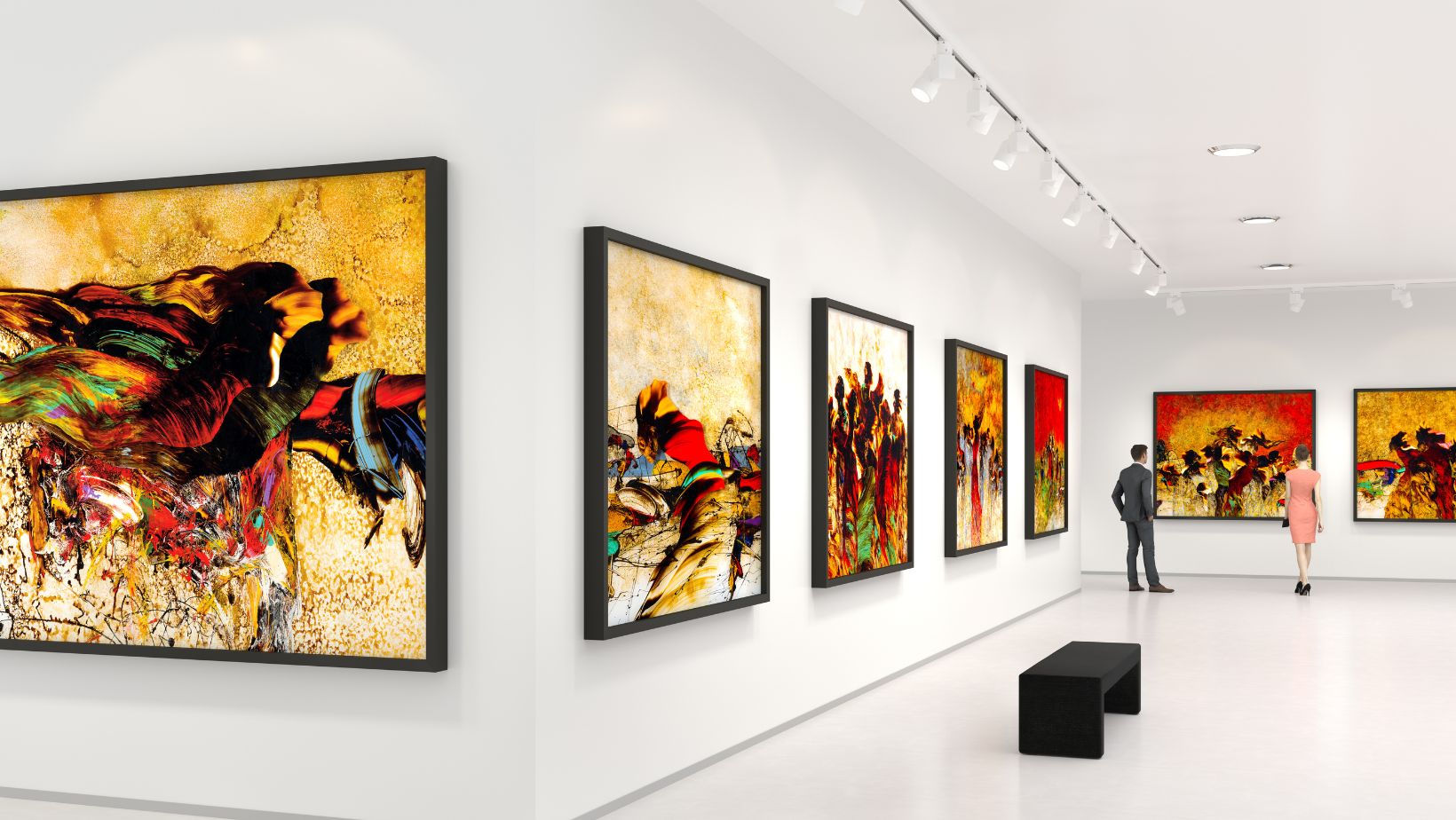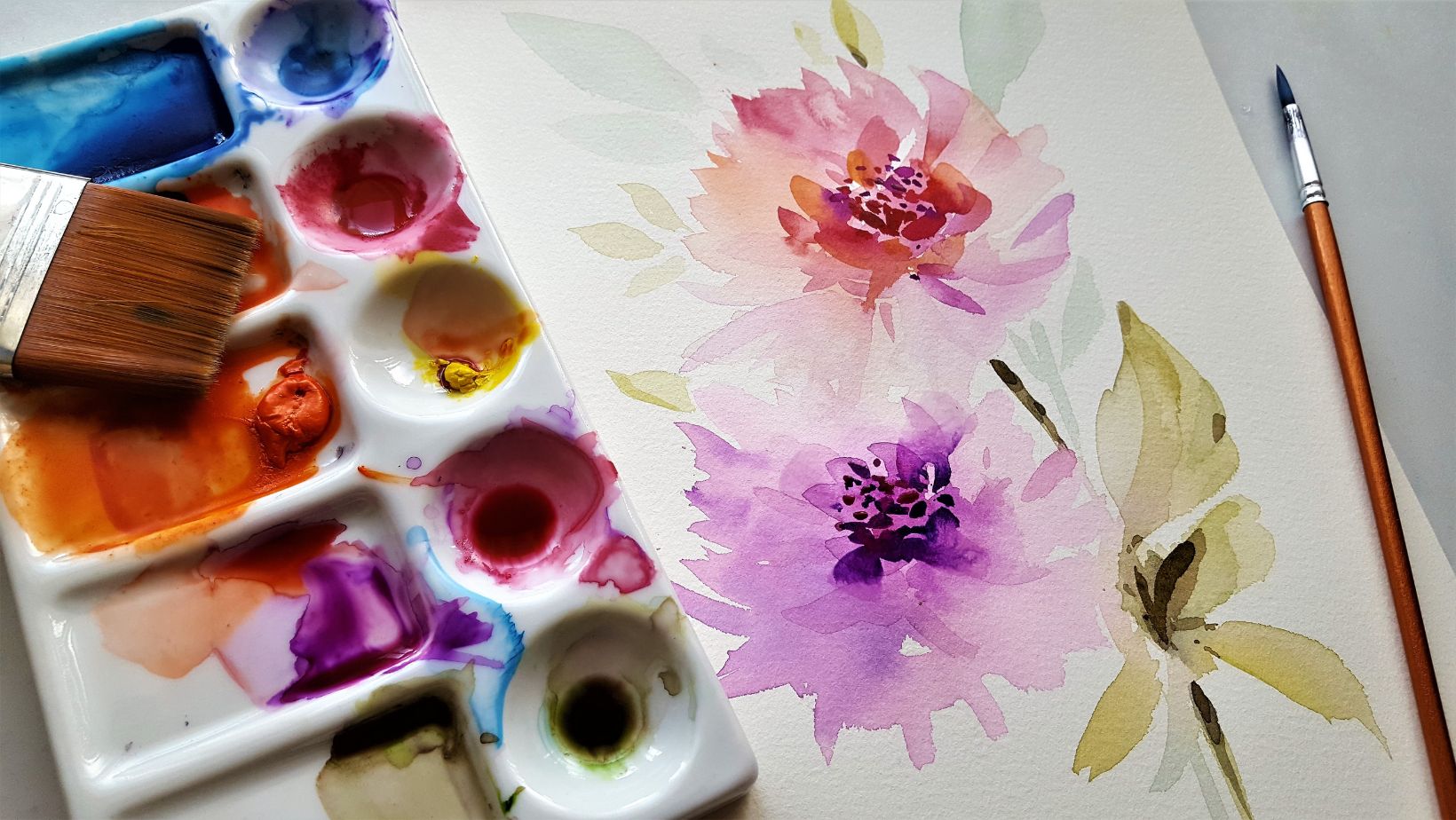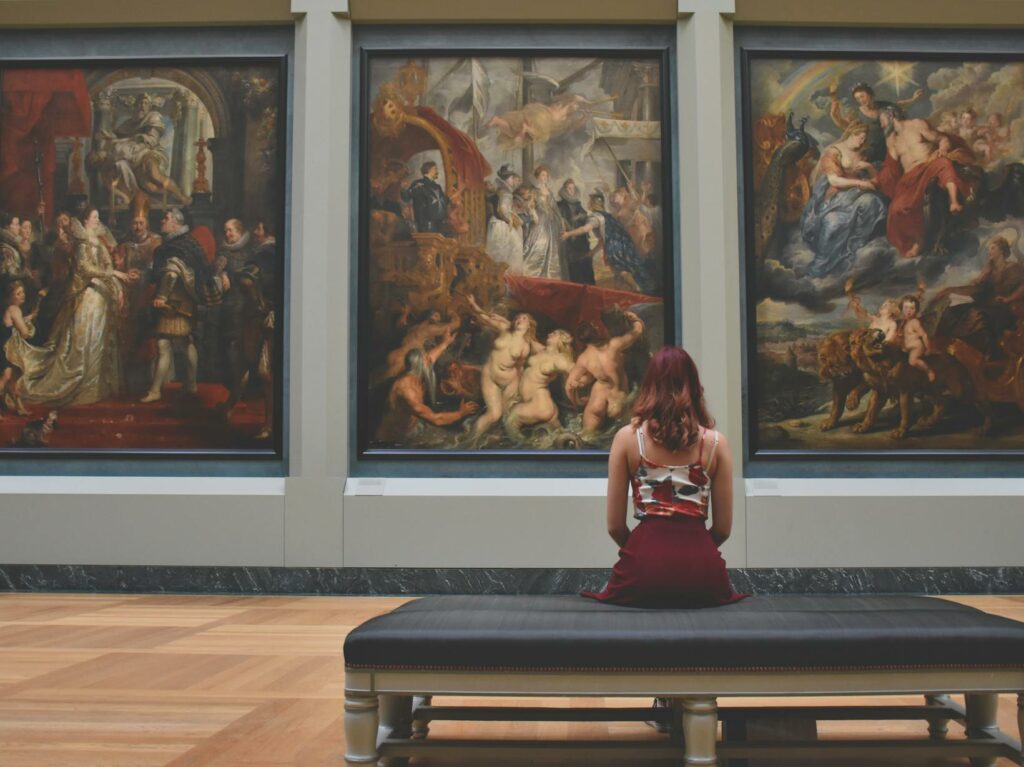Gustave Doré, born in 1832 in Strasbourg, France, was a prodigious talent whose creations left an indelible mark on the world of art. Renowned primarily for his prolific illustrations of major literary works, Doré was also an accomplished painter and sculptor whose work resonated across various forms of media. This article delves into the life, art, and legacy of Gustave Doré, exploring how his imaginative prowess and technical skill combined to create some of the most striking images of the 19th century.
Early Life and Rise to Fame
Gustave Doré was a child prodigy, beginning his professional career at the tender age of 15 when he began working for the French paper Le Journal pour Rire. Doré’s early work displayed a sharp wit and a natural aptitude for visual storytelling. However, it was his later illustrations for books such as Dante’s Divine Comedy, Cervantes’ Don Quixote, and the Bible that truly showcased his extraordinary gift and brought him international acclaim.
Master Illustrator
Gustave Dore’s artworks often depicted complex, fantastical scenes drawn from the literary narratives he was illustrating. His work on the Divine Comedy, particularly the depictions of Dante’s Inferno, remains among his most famous and celebrated outputs. Doré’s ability to capture the profound emotionality and the macabre within these texts helped to visually narrate stories in ways that few other artists could match.
The artist’s illustrations for Don Quixote are equally significant; they beautifully complement Cervantes’ satirical text with a perfect blend of reality and caricature. The whimsical yet poignant portrayal of Don Quixote and his loyal squire, Sancho Panza, are perfect examples of how Gustave Dore’s artworks could add layers of meaning to the literary content.
Technique and Style
Doré was not just a master illustrator but also an innovator in the art of engraving. His detailed prints, characterized by fine lines and dramatic contrasts, were produced with a meticulousness that his contemporaries rarely matched. This attention to detail did not just serve aesthetic purposes but also helped in conveying the emotional and thematic subtleties of the texts his illustrations accompanied.

Despite the dominance of his illustration work, Doré’s paintings and sculptures also demonstrate his versatility and depth as an artist. His large-scale paintings often tackled biblical and historical subjects, filled with the same intensity and drama found in his illustrations.
Influence and Legacy
The impact of Gustave Dore’s artworks on both art and popular culture cannot be overstated. His dramatic, often somber imagery influenced not only other artists but also filmmakers and writers. His visual style can be seen in the works of later directors, particularly in the way horror and fantasy films are shot. Doré’s ability to evoke a sense of awe and terror, to draw viewers into an almost otherworldly realm, remains unmatched.
His illustrations have become the definitive images for many of the most popular literary works of his time. This lasting legacy is a testament to his unique ability to merge high art with popular culture, making his works some of the most recognized and beloved around the world.
Exhibitions and Collections
Today, Doré’s works are held in major museums around the world, including the Musée d’Orsay in Paris and the British Museum in London. Special exhibitions of his works often attract high attendance, reflecting ongoing public interest in his art.

Recent exhibitions have focused on different aspects of his career, from his illustrations for major literary works to his lesser-known but equally impressive paintings and sculptures. These shows not only help to keep Doré’s legacy alive but also inspire a new generation of artists.
Conclusion
Gustave Doré was more than just an illustrator; he was a visionary whose work transcended the typical boundaries of art. His illustrations did not merely serve to accompany texts but enriched them, offering new interpretations and dimensions to classic stories. Doré’s work continues to fascinate and inspire due to its beauty, complexity, and power. As we look back on his contributions to art, it is clear that Doré was not only a master of his craft but also a pioneer who expanded the possibilities of visual art. His legacy is not just preserved in the quality of his output but also in the ongoing relevance and admiration his work commands.


More Stories
Color Psychology in Interior Design
Expert Tips: 5 Common Window Cleaning Mistakes to Avoid
Is Winning at the Casino All Luck? Or Can Strategy Play a Part?